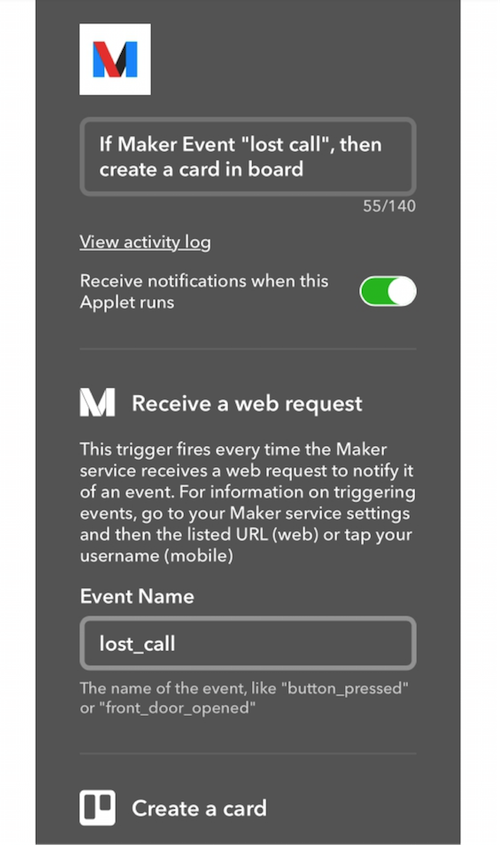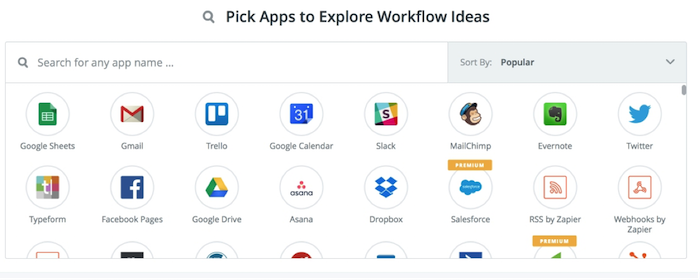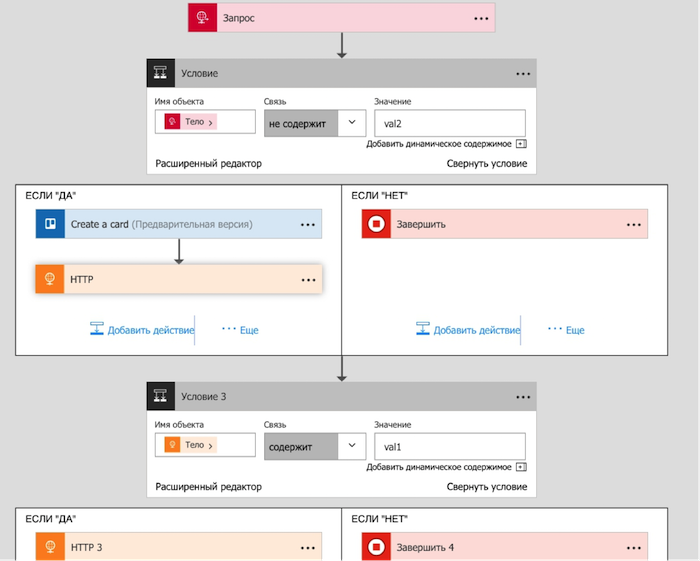DIY in telephony: simple API-based constructors

It is not necessary to be a programmer to integrate IT services with each other. An open API + simple service constructor - and rocket science becomes available to conditional humanities. I will show the three most interesting, for my taste, constructor and tell you how they can be used in telephony.
Trends
In general, an open API is truly beneficial and allows you to solve problems outside the functionality of the basic service in absolutely any area. For IT giants, like Microsoft, IBM or Cisco, betting on cloud platforms, this is generally a gold mine: applications that integrate services with an open API should be stored somewhere. They are now actively swinging the trend in its development. And the same Gartner , in his square, began to pay attention to API Management platforms .
I don’t conceal that all this warms my soul professionally - the guys and I are also actively working on the API (note: if you are interested, you can watch at least interactive call processing ). However, this is a completely different story.
Let's return to unpretentious applications. What services allow you to do such without deep programming skills?
At the moment, there are many services-designers, allowing to integrate with each other services with an open API. I'll talk about the most interesting - IFTTT, Zapier and Microsoft Flow.
IFTTT
IFTTT is easy to use and to use. You set up an event and a reaction to it. For example, a lost call is an event, the creation of a task in Trello is a reaction (you can enter numbers, calls from which were missed, to the task manager, so as not to forget to call them back).
More than 300 services are presented in IFTTT with which integration is possible. A bundle with notifications of lost calls can be implemented, for example, using the Maker connector.

Zapier
In terms of its capabilities, Zapier is a more serious tool than IFTTT. It allows you to build more complex logical chains, and not just implement the "event-response" scheme. The differences relate to the available connectors - there are over 500 of them in Zapier. For example, one of them includes a connector to MySQL.

')
Microsoft Flow
Microsoft Flow is the most functional tool discussed in this article. You can build event-response schemes and create various event processing branches. Some minus of the service - the tool is focused on the products and the Microsoft ecosystem (not for nothing this is the brainchild of this particular company).

Tasks that can be solved
Alas, the intergalactic ship will not work. But the more mundane tasks each of these designers is able to solve. Like these:
- receive notifications of calls through additional channels (messengers, etc.);
- automatically enter the contacts of incoming calls in CRM;
- add call statistics to third-party IT systems;
- automatically call back to the numbers of missed calls;
- convert calls from the site into callbacks or enter them as tasks into the task manager;
- send links to Skype recordings of conversations.
The list can be supplemented by many more similar cases. Share your own, we will share experiences.
Source: https://habr.com/ru/post/324104/
All Articles